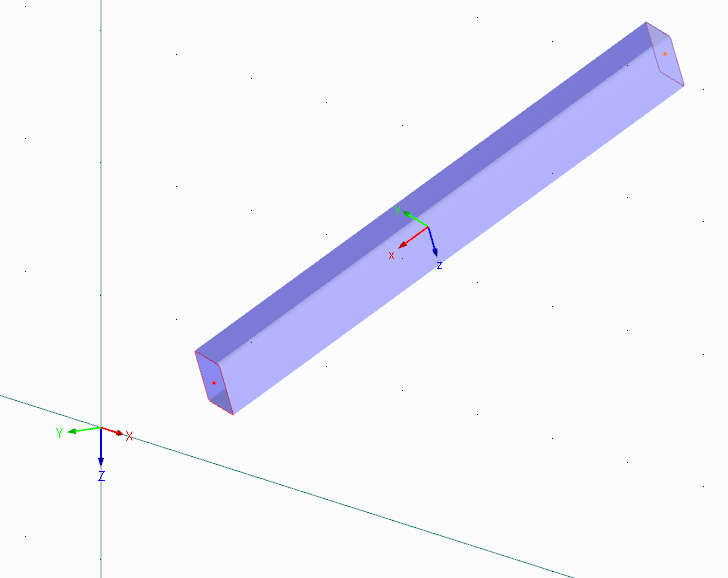A coordinate system (CS) is a reference system for an explicit definition of objects in geometric space. It always has a coordinate origin. Based on this, it is possible to precisely localize the objects in space according to the type of the coordinate system.
Types of Coordinate System in RFEM and RSTAB
- Cartesian (X, Y, Z): The most common CS. It is defined by three orthogonal axes that are perpendicular to each other. X, Y, Z are always the translational expansions.
- X-cylindrical (X, R, φ): In this case, you can imagine a cylinder where the height of the axis corresponds to X. The points on the cylinder are determined by the height (X-coordinate), the radius of the cylinder (R), and the angle (φ).
- Y-cylindrical (R, Y, φ): similar to X-cylindrical.
- Z-cylindrical (R, φ, Z): similar to X-cylindrical.
- Polar (R, φ, θ): This is a spherical CS, where the node position is described by the distance to the origin (R) and the angles φ and θ.
Furthermore, there is a distinction between a global and local coordinate system. The systems described above define a global CS. Local coordinate systems are usually object-specific. In contrast to the global CS, they are marked with small letters.
